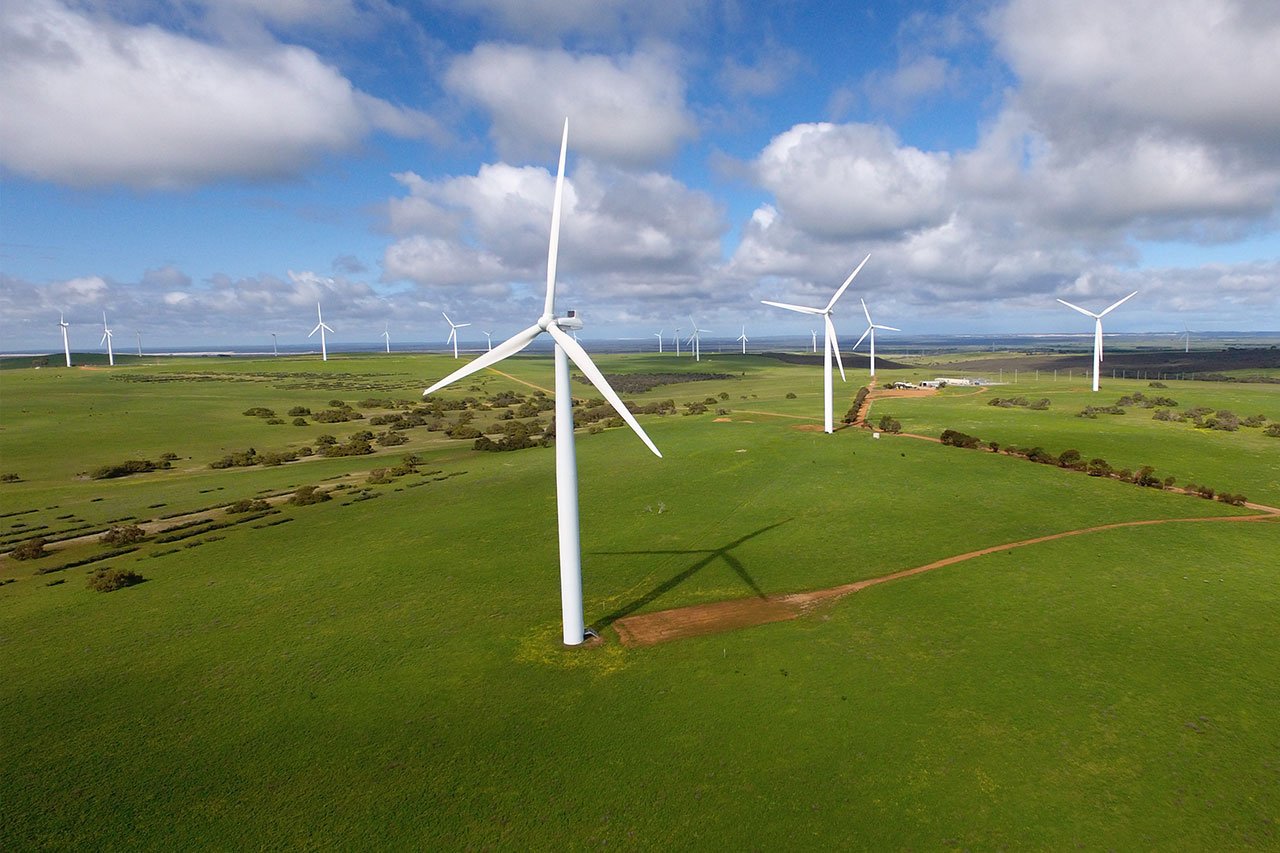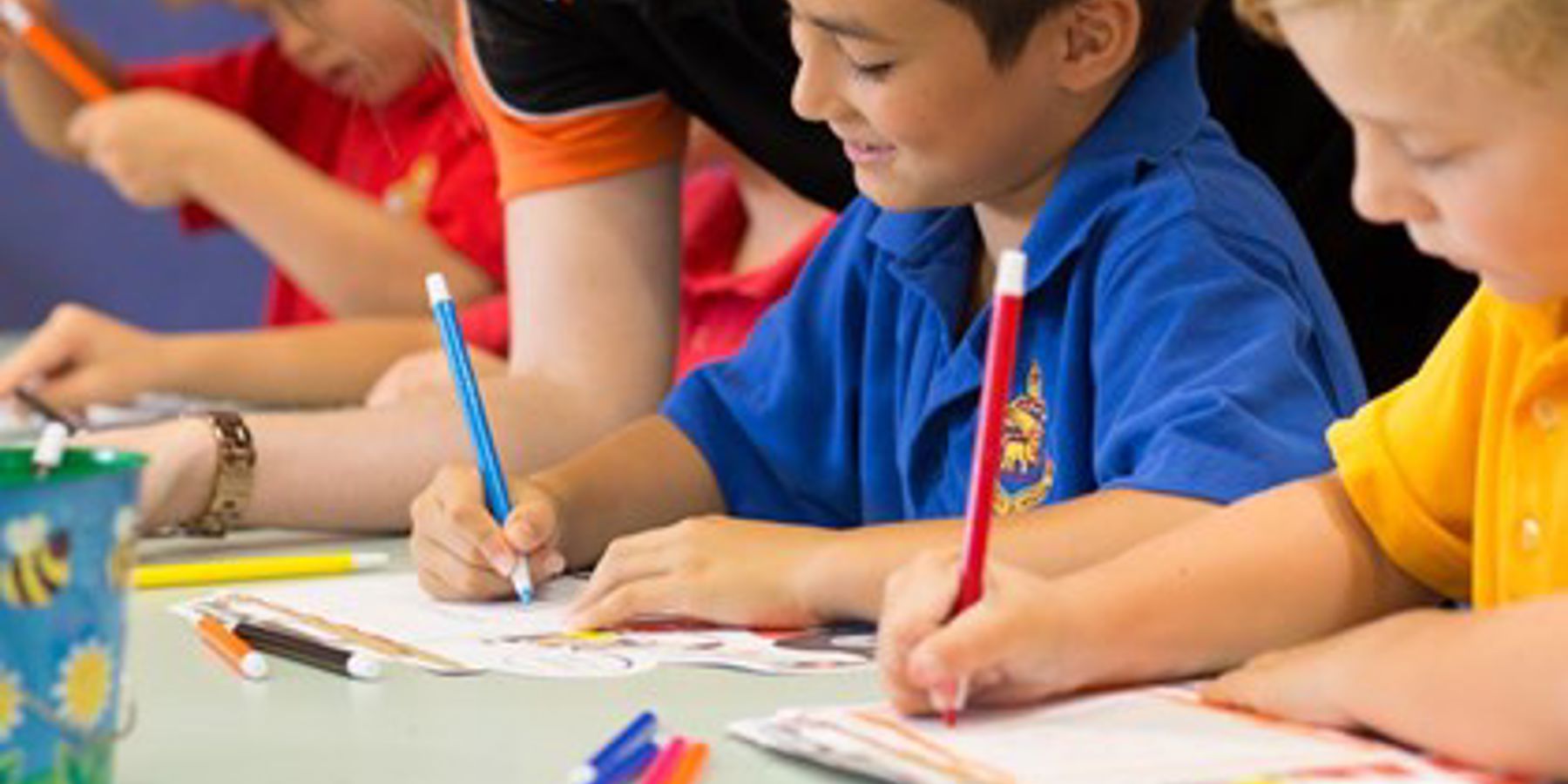The way we get power to our homes is changing, especially in regional WA. We’re looking at all sorts of new ways to make things better and safer for the whole community. This means less time without power and more time to do the fun things your family likes to do.
Print out (or import into a digital drawing App) colour in and add your own drawings to these designs. The designs are examples of three innovative ways we're powering the lives of West Australians.

Discussion points
- Ask children to identify what is making or generating the electricity in the pictures.
- Tell them how electricity travels through wires, sometimes these wires are underground and sometimes they are above ground – ask the children to think about where these wires would be in the pictures (what is connected to what.)
- Discuss how a battery can store electricity and how the development of batteries allows for little independent networks. Ask the children to work out where the battery in the picture is (it does not look like a battery as they will be familiar with.) There is a battery in the Microgrid and Standalone Power System.
More information
- A community battery is one shared by a number of homes with solar panels. They can store electricity from during the day for use at night when the solar panels can't make electricity.
- Microgrids are a collection of small electricity generation sources, such as wind turbines or solar panels on homes that can supply homes independently of the grid, if needed, with the support of a big battery.
- Stand-alone power systems, or SPS, are being used on remote properties like farms that are often a long way from the nearest town. Instead of running power lines for long distances to the farms, standalone systems can generate, store and supply all the electricity the farm needs on site.
